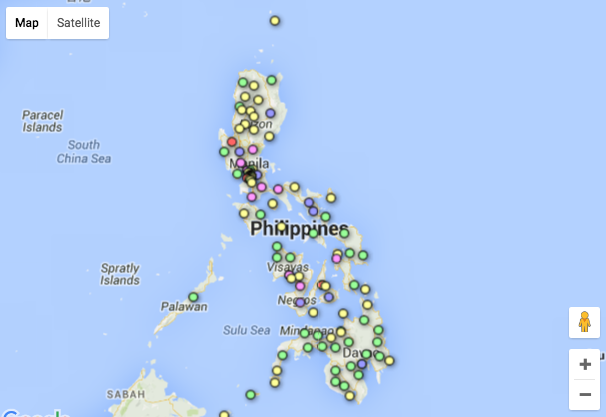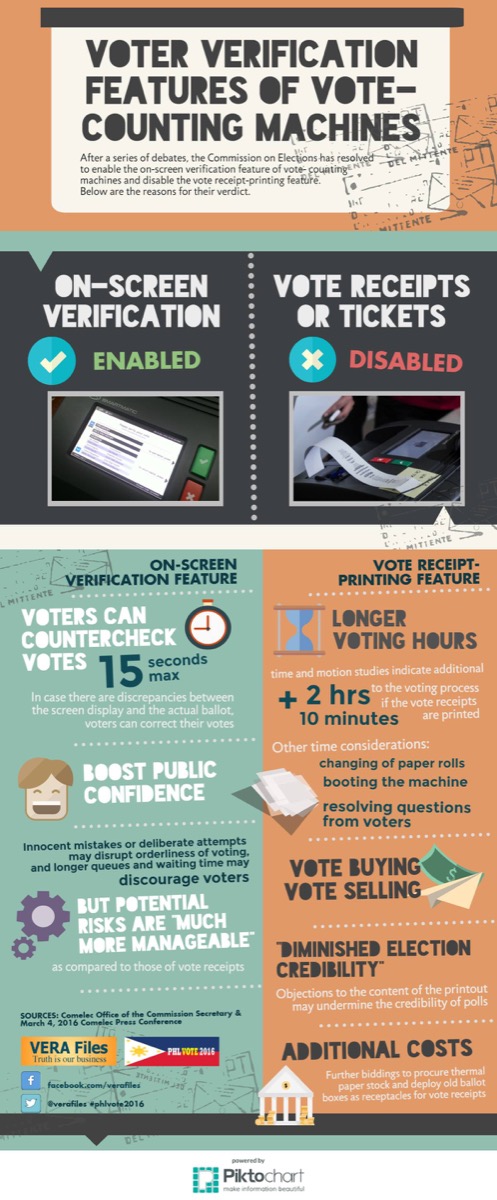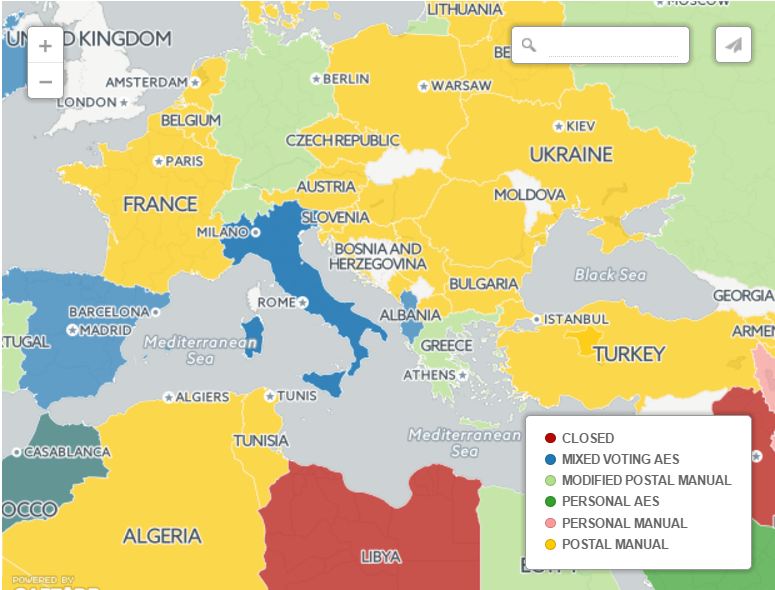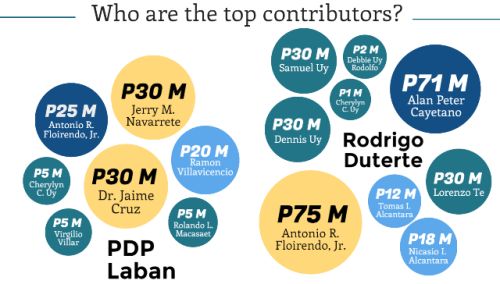By MARIA FEONA IMPERIAL
THE Commission on Elections has tripled the number of random manual audit (RMA) precincts compared to previous elections to boost public confidence on the accuracy of results, Commissioner Luie Tito Guia said Tuesday.
From 234 precincts in 2013, a total of 715 precincts will be employed for the RMA this May, said Guia, who heads the RMA team of the poll body.
Guia said the Philippine Statistics Authority considers the new number a reliable representative of the total 92,000 clustered precincts.
“We want it to be really random, we want the sample to be representative of the population,” he said.
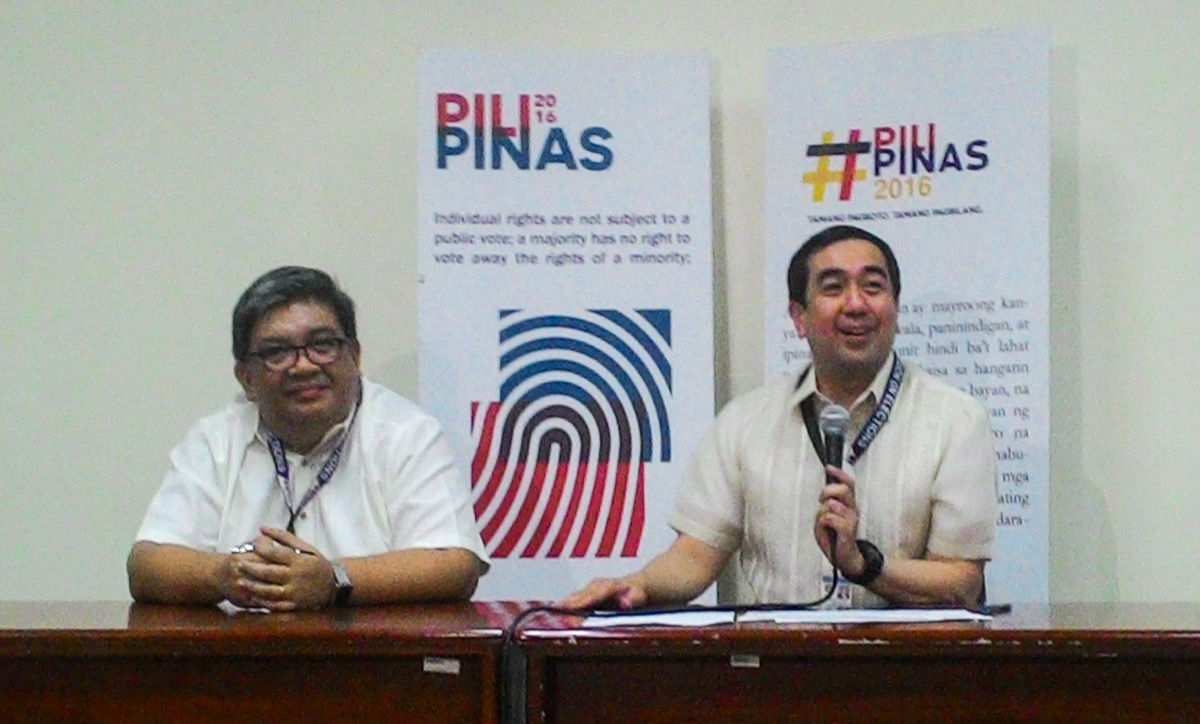
The basis of selecting precincts will depend on the size and number of clustered precincts in a certain legislative district. In 2013, there was one precinct per legislative district. This year, however, there can be two to four, Guia said.
The poll body has accredited the National Citizens’ Movement for Free Elections (Namfrel), one of its citizen arms, to do the RMA. Comelec Chair Andres Bautista said the decision was based on the credibility of Namfrel members, who are either top accountants or have served in high positions in government.
The RMA is done shortly after election returns are transmitted and the voting process has closed. Teams of public school teachers will be deployed in designated RMA precincts to perform a physical count of the ballots.
“Gusto natin malaman na tama nga yung pagbasa ng makina (We want to know if the machines counted the votes) based on how it was configured to be kasi ang mangyayari dyan yung manual audit titingnan mismo through the human eye (because the manual audit is intended to read the votes through the human eye),” Guia said.
The machine is configured to read the shades on the ballot depending on a threshold. Guia said if the vote-counting machines (VCMs) are programmed to have a 50 percent threshold, a shade of 48 percent would no longer be appreciated.
“But the human eye cannot distinguish between 48 and 50 percent,” he said.
The RMA will also reveal the effectiveness of Smartmatic as provider of the VCMs, which the company has committed to during the procurement, Guia said.
If, for instance, the VCMs committed a 99.95 accuracy rate and they have failed, then Smartmatic might be held liable, Guia said.
Discrepancy in the automated and manual results would then be subject to a root cause analysis, in which the poll body will study the technical and procedural reasons behind the discrepancy, Guia said.
“That’s where we will proceed to decide what we’re going to do,” he added.
In 2010, minor stains found on the ballots were due to a foreign object inside the Precinct Count Optical Scan (PCOS) machine, Guia said.
Questionable marks on the ballot during the RMA will lead to a second level verification process by the Comelec and the Parish Pastoral Council for Responsible Voting (PPCRV). This may cause a slight delay in the announcement of results as in the past elections, Guia said.
“Ang nangyari nagkaroon ng audit immediately kaya lang (An audit was done immediately but you cannot report the discrepancy immediately),” he added.
The poll body has started preparing for the logistical needs of the RMA. Main concerns for now include the deployment of teachers who will perform the RMA, as well as poll watchers from political parties.
The locations of the RMA will be announced close to election day, Guia said.
Guia urged the public to participate in the RMA.
“Ang problema kasi pag lumabas yung resulta wala nang nagbabantay kasi sa audit process eh, wala nang interesado (The problem is that when the results are out, no one is really interested in the audit process, but I think it is a very important confidence-building procedure),” he said.

